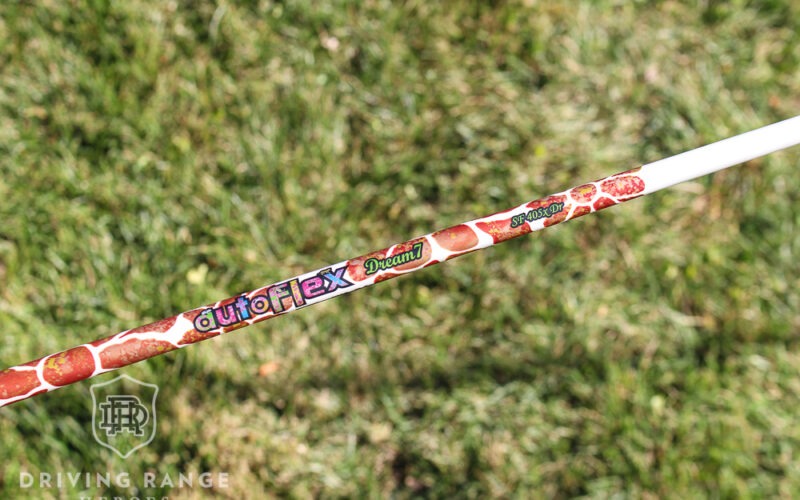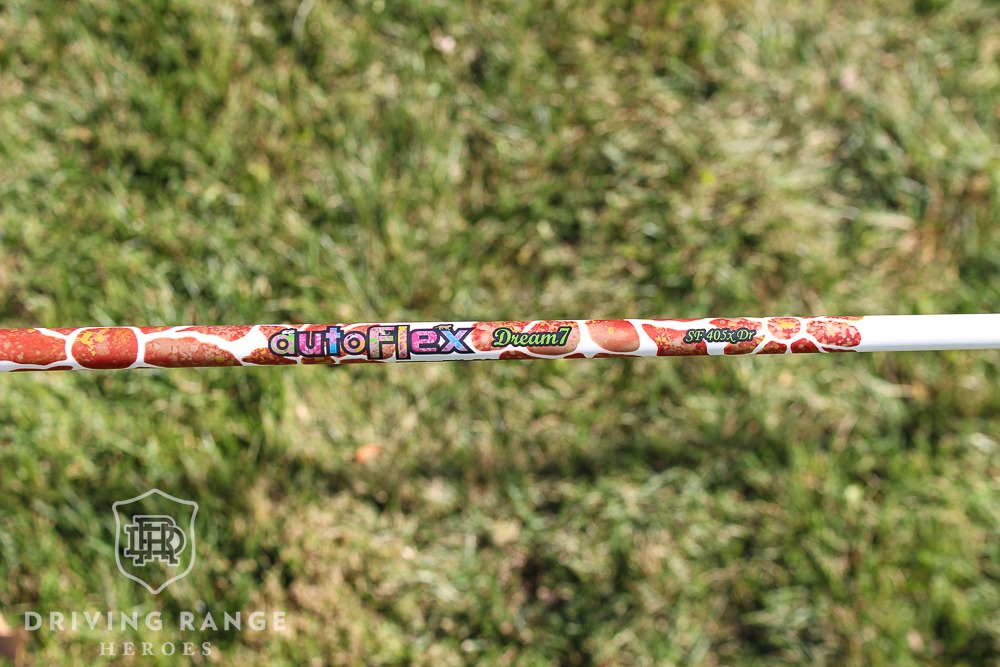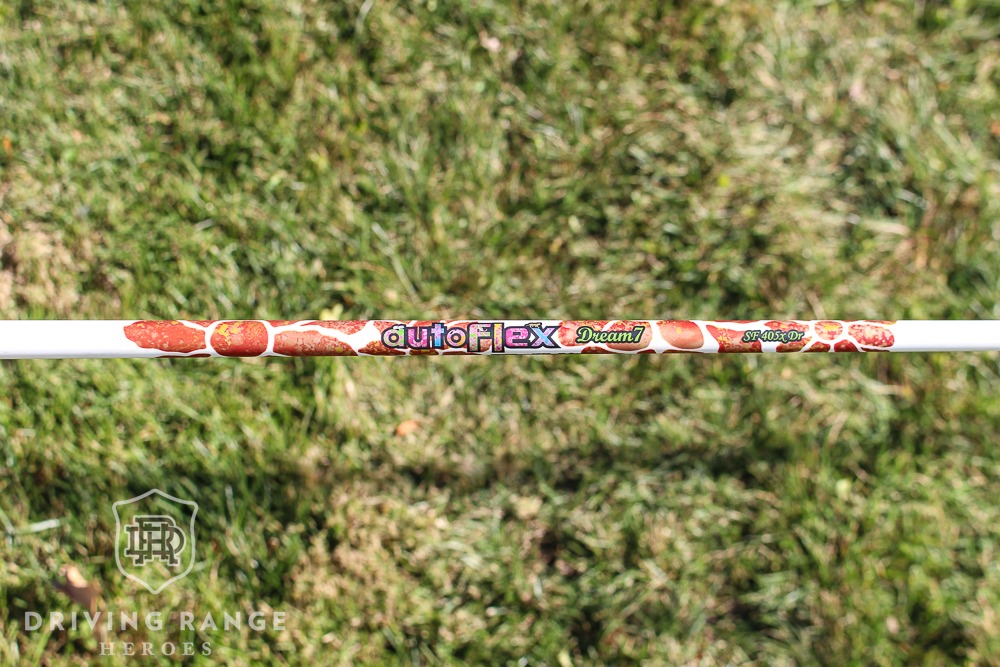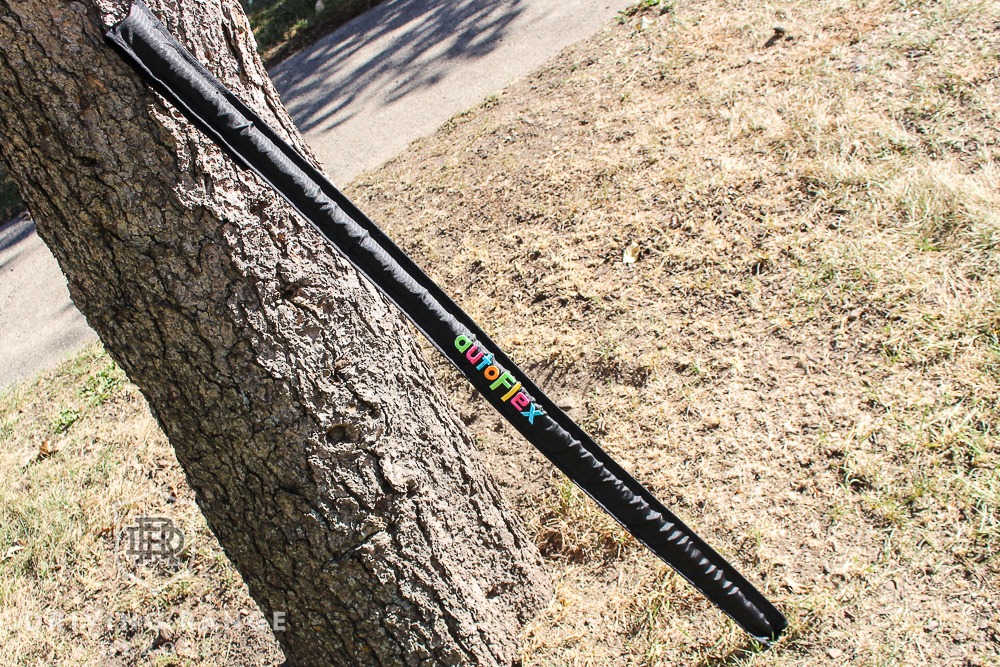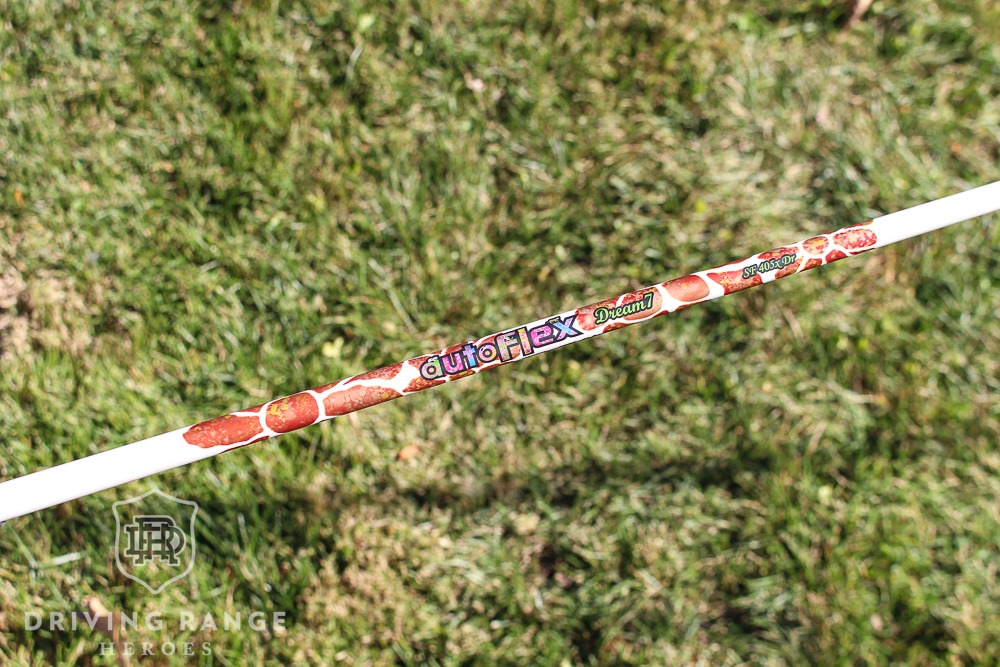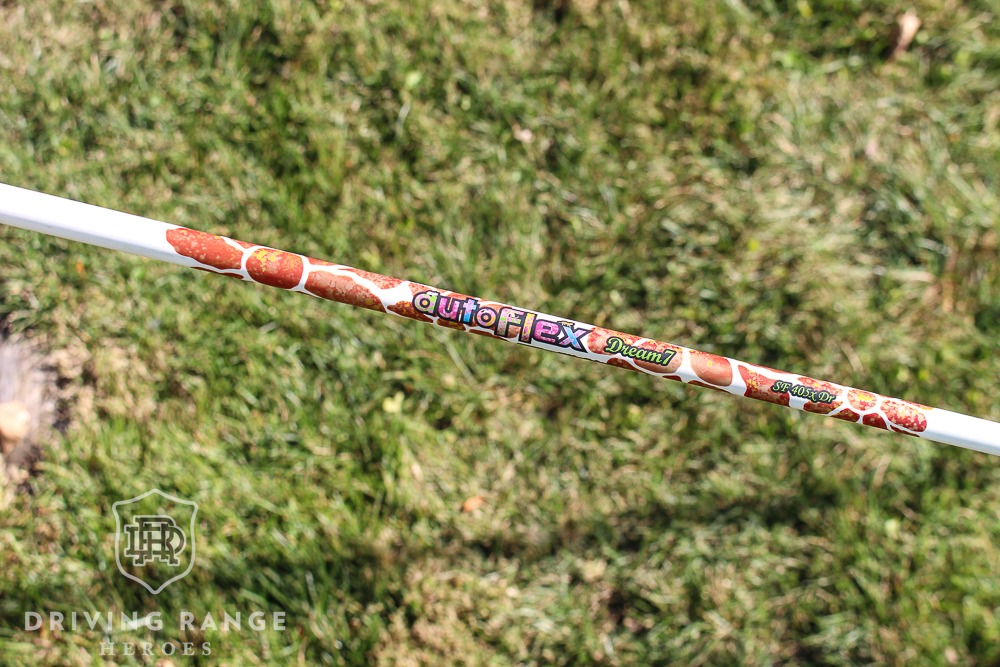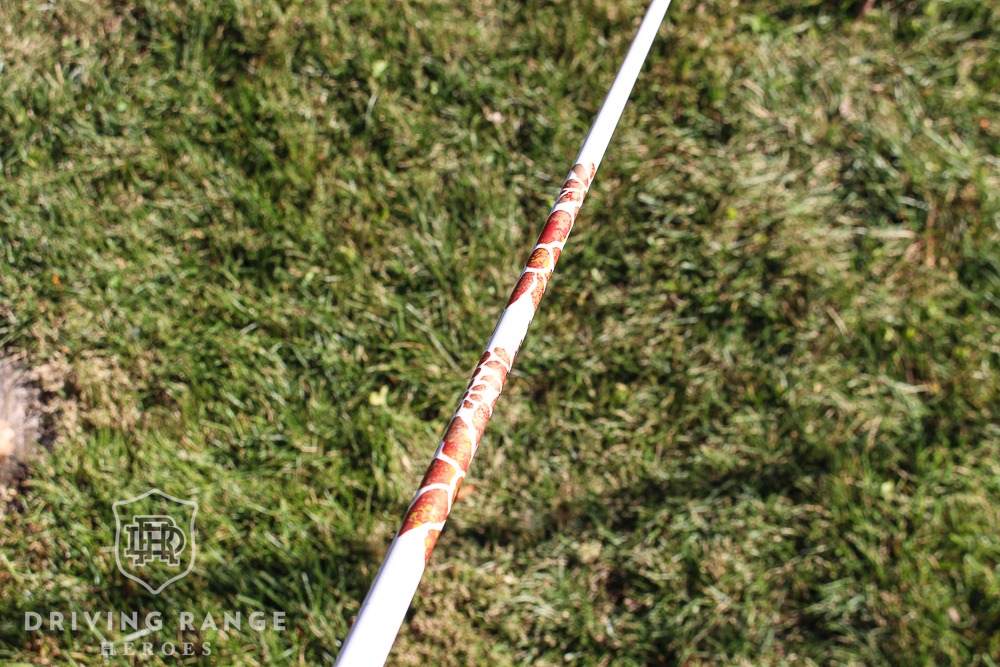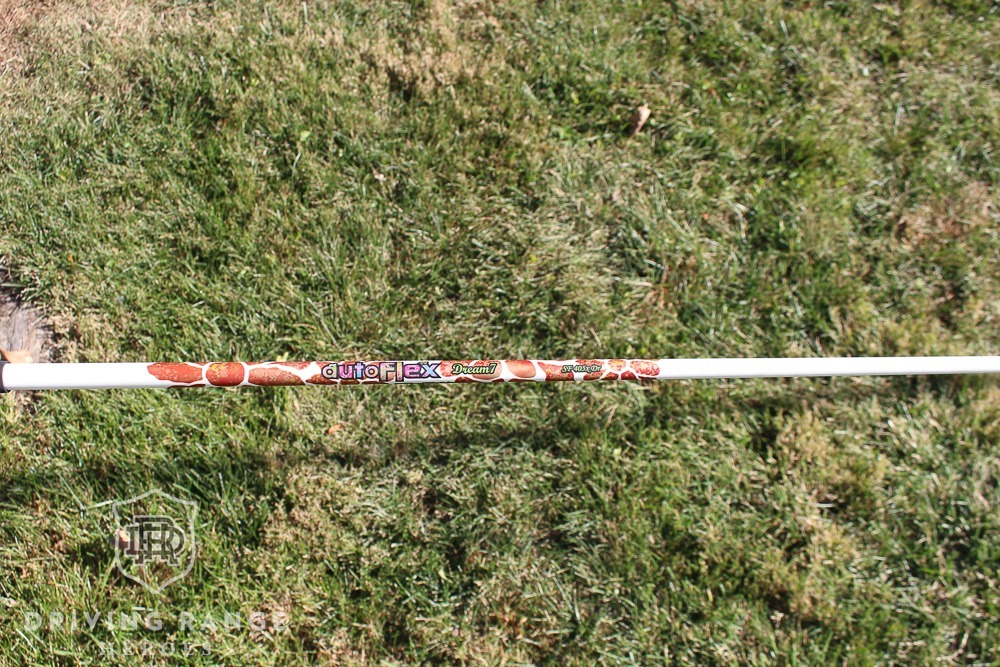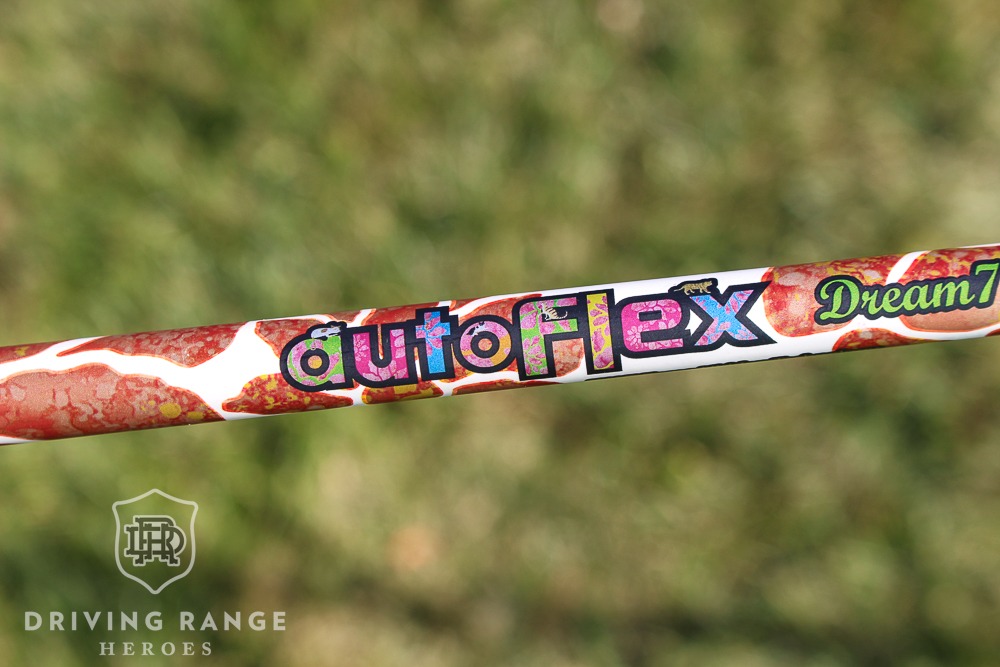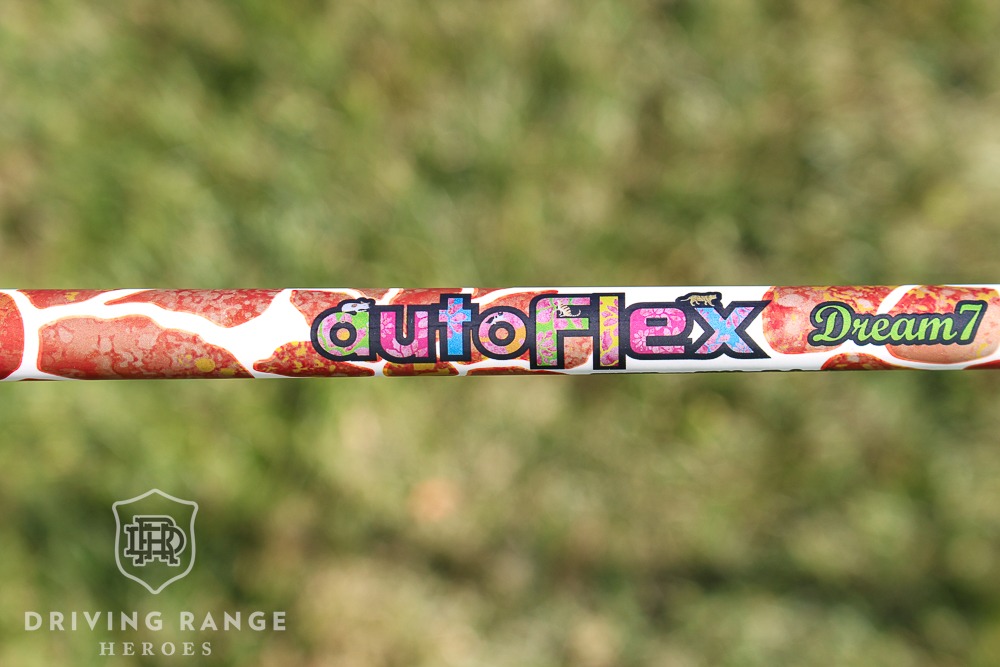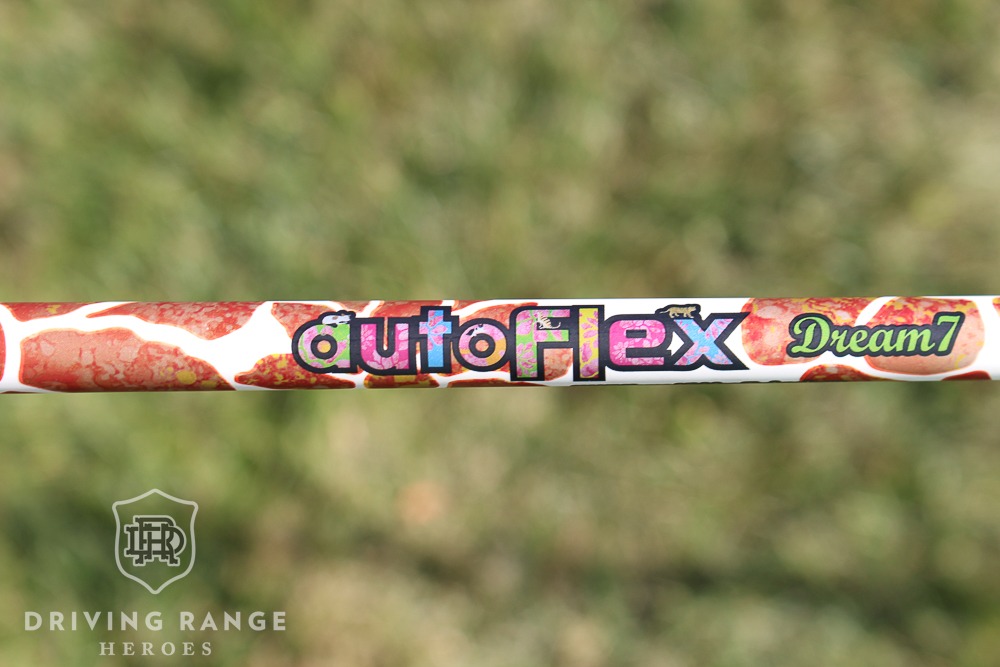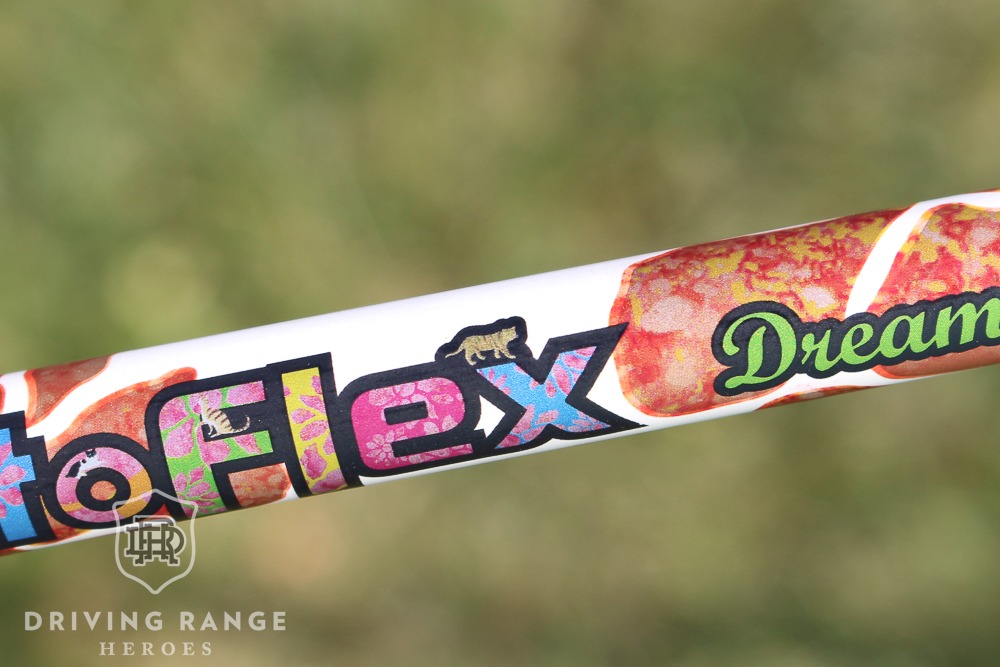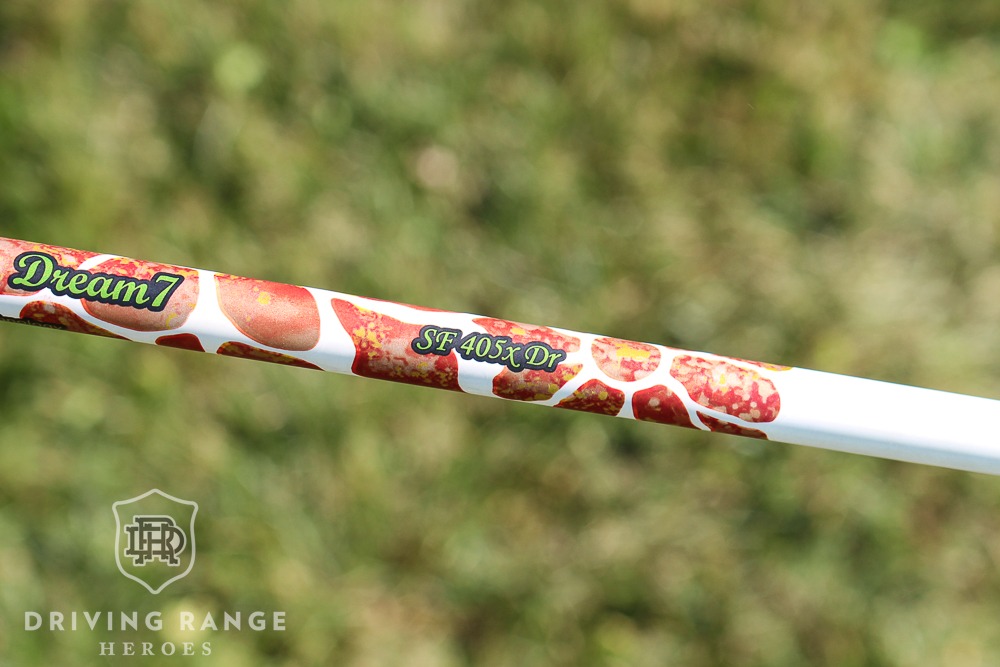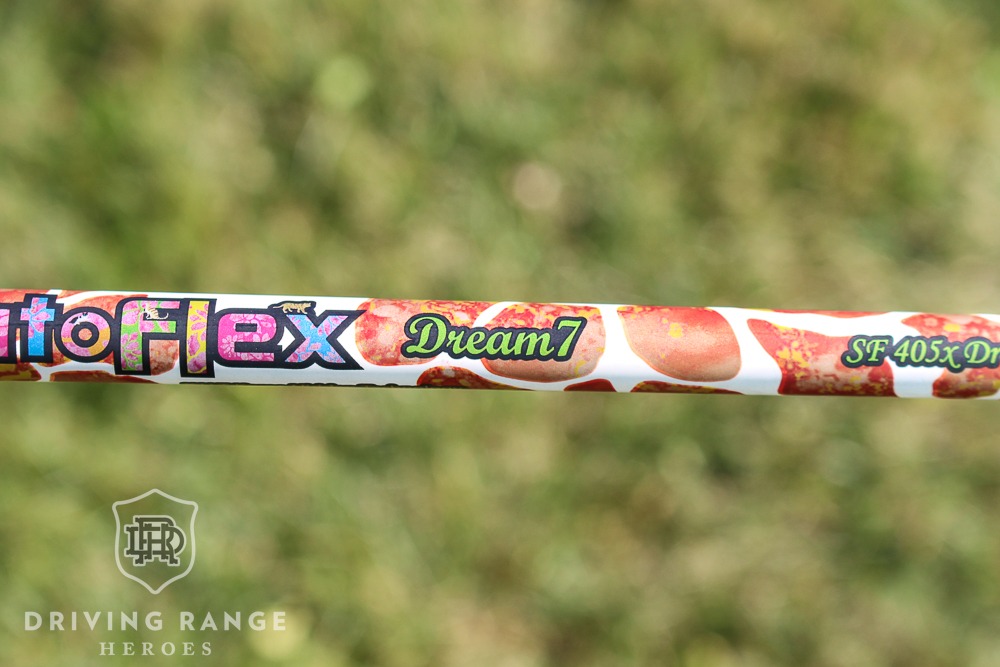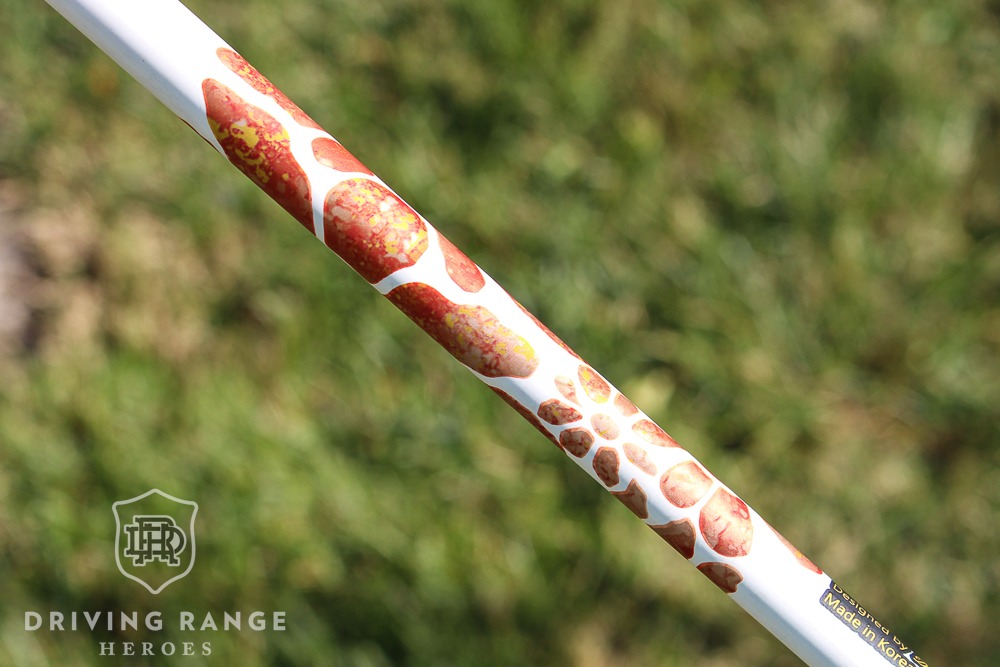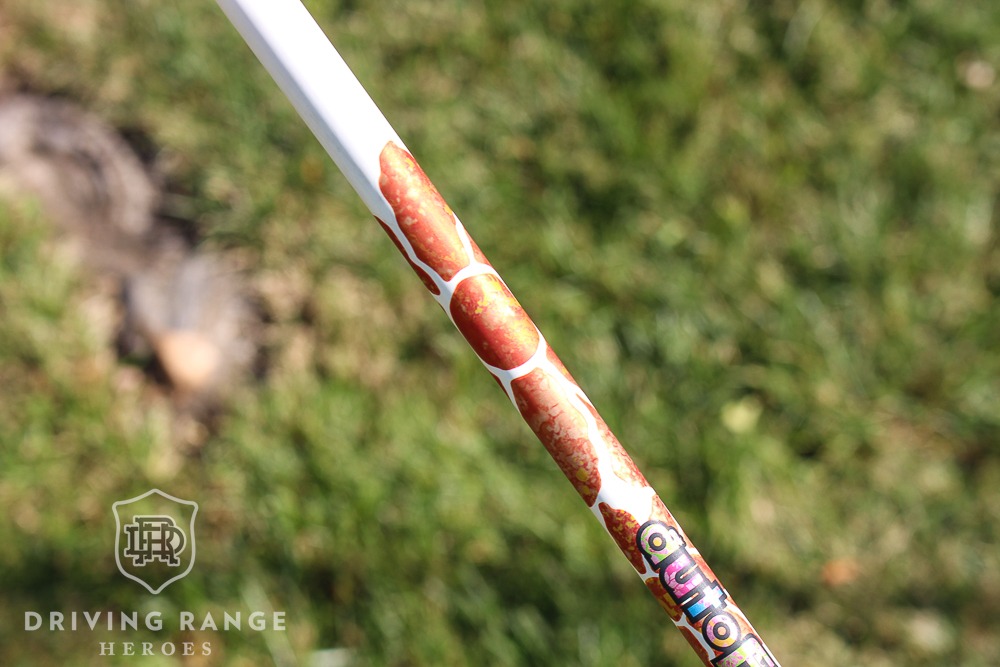Autoflex Dream 7 Shaft
Autoflex shafts have been one of the more intriguing arrivals to the high-end golf equipment market over the past few years. The South Korean brand burst onto the scene with a shaft that flexed according to a player’s tempo and speed so players would get optimal performance and distance without having to work harder. Though very expensive due to their premium materials and what I am assuming to be a complicated manufacturing process, there was a high demand for this new shaft. So much so that the brand extended their product line to feature more models based on consumer feedback. One of those examples is the Autoflex Dream 7 featuring a slightly softer profile and an updated tip section for better control.
As excited as I was to finally get my hands on an Autoflex and test it, sometimes the stars just don’t align. I’m fairly used to being able to adjust to equipment “not exactly fit for me” for testing and form an opinion to share my experience with others seeking for some personal insight. However, I really struggled with this shaft. So much so, I even asked a few friends to give it a try. Hand up, it wasn’t pretty, but I think it’s worth sharing our experience anyway.
The Looks
The Autoflex Dream 7 family features a “weathered” orange or aqua flower pattern over a white or black base. On the label side is the signature multi-color Autoflex logo and the shaft specs. Autoflex’s aesthetics are fun and unique making them really jump out when you see them in the wild. Though the Dream 7 doesn’t feature the bright pink and black profile, or the metallic rainbow, it’s still a definite standout on the range.
How Does it Feel?
This is exactly where the Autoflex Dream 7 really starts grabbing your attention. I’m talking immediately upon first waggle. Or even before you throw the shaft in a club head, you can feel that the shaft flexes different with just your two hands. Now, there are different flex profiles (more like “ranges” in my opinion) to address the wider reach of players’ needs. I can only assume the flex characteristics will differ, but the general principle will be consistent. But yeah, the waggle is almost like an Orange Whip trainer. I’ve never felt anything like it.
Though I haven’t tried any other Autoflexes (they aren’t super common place out there due to the high price tag), I’ve anecdotally heard a consistent message in terms of feel. Everyone seems to comment on how loose and wiggly the shaft feels, and I agree. There’s even a video out there where Gary Player and Lee Trevino are discussing Trevino’s Autoflex and refer to it as the “spaghetti shaft”. (Watch the video, it’s interesting perspective and a real testament how it totally clicks for some people.) For me, the shaft was just too wiggly and I couldn’t get a feel for what it took to swing it well. There’s definitely a demand for a smooth and easy tempo to be consistent, but I just couldn’t figure it out. However, on the few where everything “clicked”, the Autoflex did have a sense of “doing all of the work for you”.
On-Course Performance
This is the rare occasion for a wood shaft where I’m not sharing any shot data. The honest reason is that I just couldn’t hit the Autoflex Dream 7 consistently enough to really put together of a useful data set that told a story. It happens, and that’s ok! Like I said, in the Feel section, it seemed like the key to success was a really easy swing. And I had to have perfect timing. Grip it and rip it just weren’t the right fit for the Autoflex Dream 7. Though, as mentioned, they were a few shots where everything clicked and I could definitely see the appeal. My ball got up in the air easily and held for good carry. While that’s not what I need out of my driver, this could be a definite benefit for players with slower speeds and tempos.
Final Thoughts – Autoflex Dream 7 Shaft
The Autoflex Dream 7 felt like a golf gear riddle that we couldn’t figure out the answer to. My friend Kyle who sent it to me said the exact same thing. And that’s alright. That’s the beauty of today’s golf equipment market. There’s a lot out there to get the exact perfect match for many subjective requirements. This shaft is designed to be stable and help players generate more speed without swinging harder, and to achieve more consistency. I can’t say I had this experience, and I can’t stress enough how important I think testing/fitting is on one of these before investing almost $1000 in a shaft. The concept of this golf shaft is genuinely fascination, and plenty of players have seen success with them.

